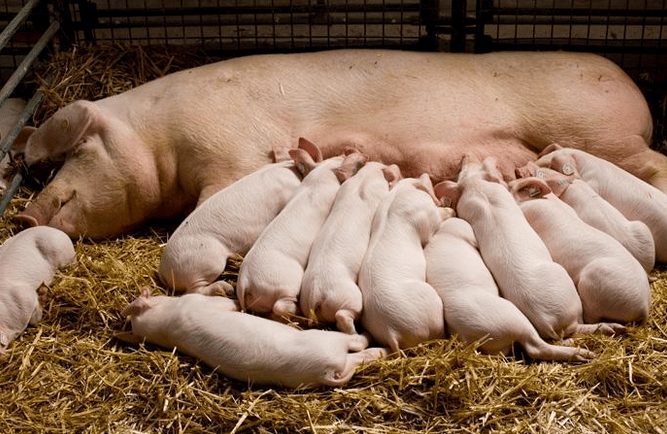Stefan Hirtenlehner & Christine Potthast, Pig Progress, 4 September 2020, photo credit: budabar/BigStockPhoto/WATAgNet.com
Heat stress is not only of interest for swine producers in countries with tropical or sub-tropical areas. Even in temperate latitudes, at least for a few weeks per year, sub-optimal climatic conditions occur. How can sows be better prepared for the heat?
When talking about heat stress, it is important to realise that it is not only the temperature that affects humans or animals; it is a function of ambient temperature and relative humidity. Figure 1 demonstrates that the risk of pigs suffering from heat stress rises even at a moderate temperature of 24°C when the relative humidity is 75%. In 2017, researchers Matthew C. Lucy and Timothy J. Safranski of the University of Missouri, USA, gave a range of thermoneutral conditions for pigs in the temperature range of approximately 15–22°C with 60–70% relative humidity.
Exact values for the increased risk of suffering from heat stress are species-specific due to differences in biological functions between livestock animals. Sows have only limited ability to cool down their body temperature by evaporation due to the lack of sweat glands in swine skin and will increase respiratory frequency.
Read more
The South African Pork Producers’ Organisation (SAPPO) coordinates industry interventions and collaboratively manages risks in the value chain to enable the sustainability and profitability of pork producers in South Africa.
















